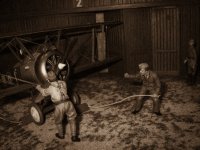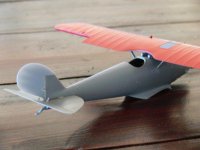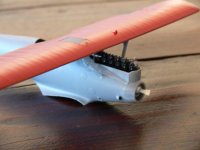chalklands
Sergeant First Class
- Joined
- Aug 2, 2007
- Messages
- 1,198
Hi.
I've just stumbled upon this website which has more aircraft colour schemes than you can shake a stick at!
http://www.wwiaviation.com/gallery-germany.html
http://www.wwiaviation.com/gallery-britian.html
http://www.wwiaviation.com/gallery-france.html
http://www.wwiaviation.com/gallery-american.html
Pete
I've just stumbled upon this website which has more aircraft colour schemes than you can shake a stick at!
http://www.wwiaviation.com/gallery-germany.html
http://www.wwiaviation.com/gallery-britian.html
http://www.wwiaviation.com/gallery-france.html
http://www.wwiaviation.com/gallery-american.html
Pete




